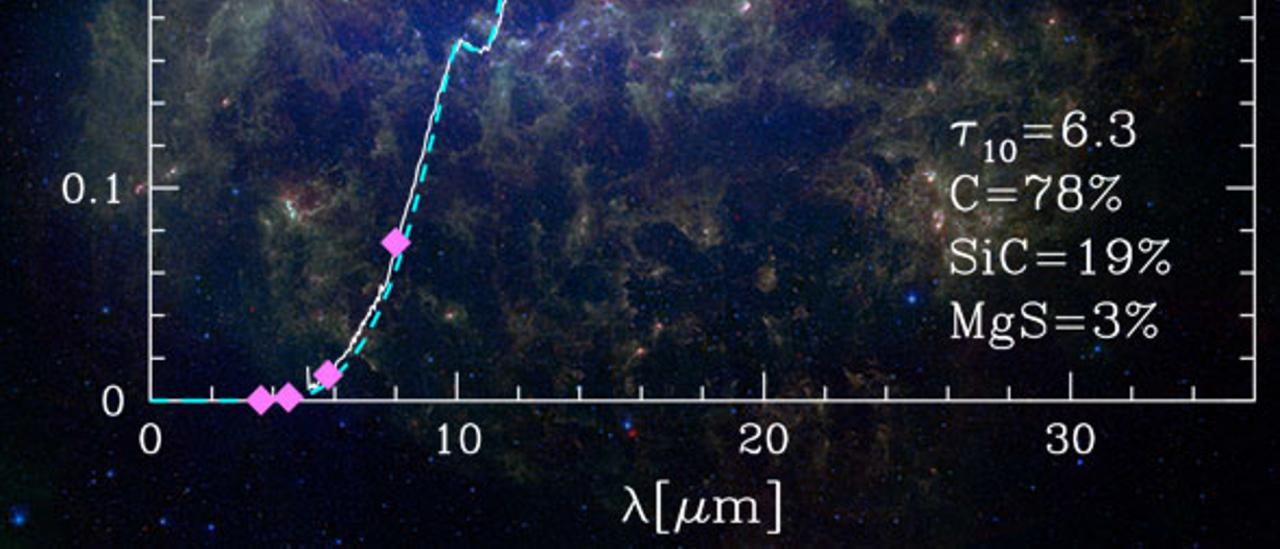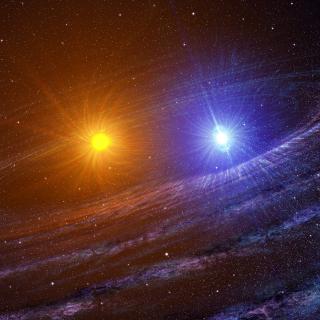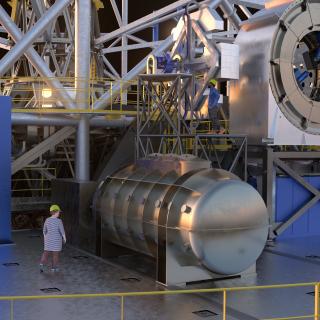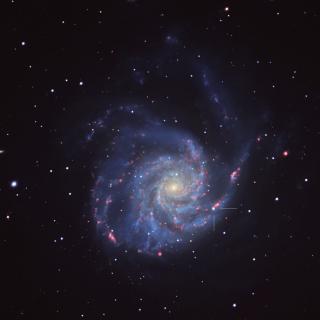Modelling dust formation in single stars evolving through the carbon-star stage of the asymptotic giant branch (AGB) (i.e., the late evolutionary stages of Sun-like stars) reproduces reasonably well the mid-infrared colours and magnitudes of most of the C-rich sources in low-metallicity galaxies with known distances like the Large Magellanic Cloud (LMC). The only exception to this is a small subset of extremely red objects (EROs). An analysis of the spectral energy distributions of EROs suggests the presence of large quantities of dust, which demand gas densities in the outflow significantly higher than expected from theoretical modelling. We propose that binary interaction mechanisms that involve common envelope (CE) evolution could be a possible explanation for these peculiar stars; the CE phase is favoured by the rapid growth of the stellar radius occurring after C/O overcomes unity. Our modelling of the dust provides results consistent with the observations for mass-loss rates ~5×10-4 solar mass per year, a lower limit to the rapid loss of the envelope experienced in the CE phase. We propose that EROs could possibly hide binaries with orbital periods of about days and are likely to be responsible for a large fraction of the dust production rate in galaxies.
Spectral energy distribution (in white; best theoretical fit in blue) of an extremely red old star. Credits: Dell'Agli et al. (2021) with background infrared image of the Large Magellanic Cloud, NASA/JPL-Caltech/Meixner(STSCI) and the Sage Legacy Team.
Advertised on
Authors
F. Dell'Agli
F. D'Antona
P. Ventura
M. Groenewegen
L. Mattsson
Domingo Aníbal
García Hernández
M. Tailo
References




